Paper size (each): 19 1/2 x 27 3/4 inches (49.5 x 70.5 cm)
Edition of 10
(Inventory #37081)
Paper size (each): 19 1/2 x 27 3/4 inches (49.5 x 70.5 cm)
Edition of 10
(Inventory #37081)
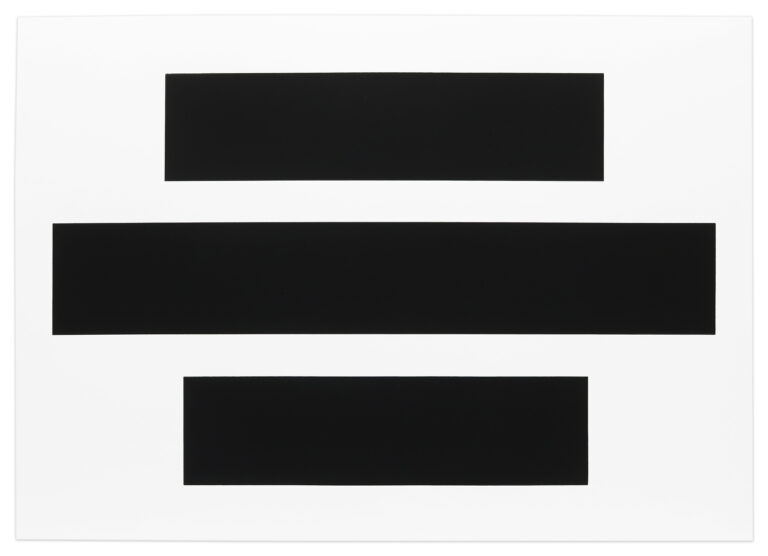
Dimensions variable
This installation size: 78 x 78 inches (198.1 x 198.1 cm)
Signed on accompanying certificate
(Inventory #24255)
Dimensions variable
This installation size: 78 x 78 inches (198.1 x 198.1 cm)
Signed on accompanying certificate
(Inventory #24255)
Installation measurements vary
This installation: 8′ x 10′ 8″
(Inventory #24818)
Exhibited: January 2013 – September 2013
Installation measurements vary
This installation: 8′ x 10′ 8″
(Inventory #24818)
Exhibited: January 2013 – September 2013
22 x 36 x 1 1/4 inches (55.9 x 91.4 x 3.2 cm)
Signed and dated verso
(Inventory #35627)
22 x 36 x 1 1/4 inches (55.9 x 91.4 x 3.2 cm)
Signed and dated verso
(Inventory #35627)
Edition of 3
Dimensions variable
Signed and numbered on accompanying certificate
(Inventory #33057)
Edition of 3
Dimensions variable
Signed and numbered on accompanying certificate
(Inventory #33057)
Image size: 5 1/4 x 22 1/4 inches (13.3 x 56.5 cm)
Paper size: 22 x 30 inches (55.9 x 76.2 cm)
Frame size: 25 x 33 inches (63.5 x 83.8 cm)
Signed on reverse
(Inventory #29958)
Image size: 5 1/4 x 22 1/4 inches (13.3 x 56.5 cm)
Paper size: 22 x 30 inches (55.9 x 76.2 cm)
Frame size: 25 x 33 inches (63.5 x 83.8 cm)
Signed on reverse
(Inventory #29958)
22 1/2 x 30 1/4 inches (57.2 x 76.8 cm)
Signed and dated verso in graphite
(Inventory #36127)
22 1/2 x 30 1/4 inches (57.2 x 76.8 cm)
Signed and dated verso in graphite
(Inventory #36127)
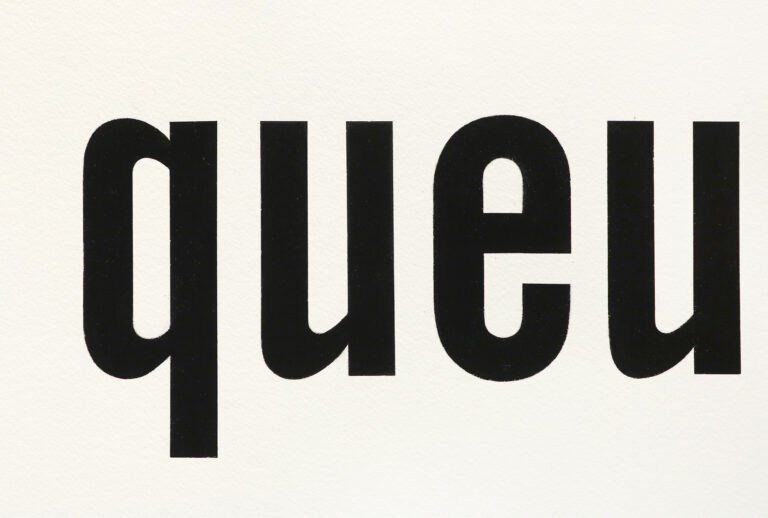
20 x 15 3/16 inches (50.8 x 38.6 cm)
Signed and dated verso in graphite
(Inventory #36129)
20 x 15 3/16 inches (50.8 x 38.6 cm)
Signed and dated verso in graphite
(Inventory #36129)
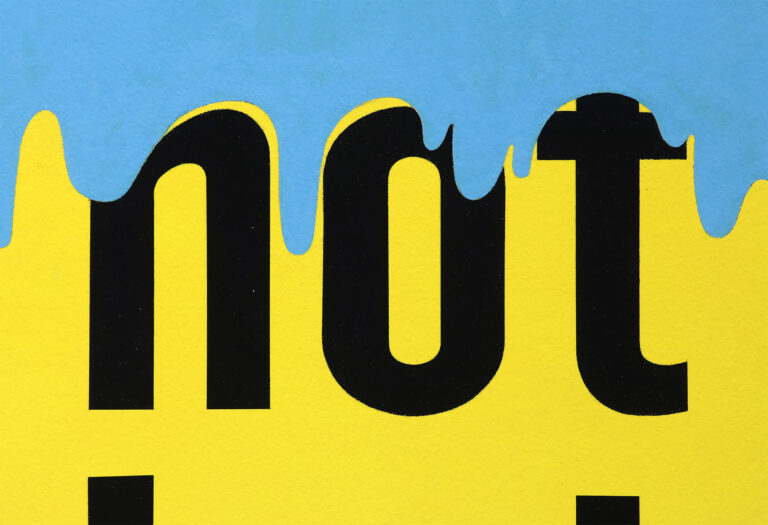
Paper size: 15 1/2 x 22 1/4 inches (39.4 x 56.5 cm)
Frame size: 18 3/4 x 25 1/2 inches (47.6 x 64.8 cm)
(Inventory #37029)
Paper size: 15 1/2 x 22 1/4 inches (39.4 x 56.5 cm)
Frame size: 18 3/4 x 25 1/2 inches (47.6 x 64.8 cm)
(Inventory #37029)
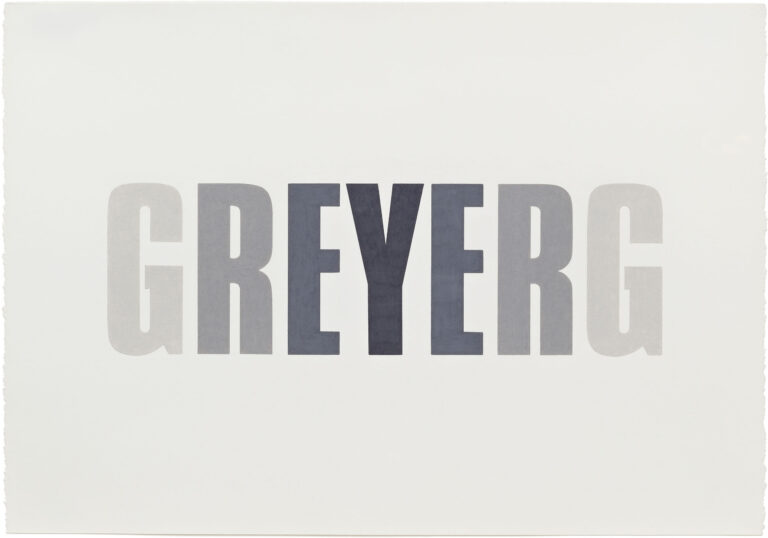
Edition of 6, 2 AP
9 1/2 x 12 x 7/8 inches (24.1 x 30.5 x 2.2 cm)
(Inventory #32050)
Edition of 6, 2 AP
9 1/2 x 12 x 7/8 inches (24.1 x 30.5 x 2.2 cm)
(Inventory #32050)
Edition of 15
Image/paper size (each): 12 x 21 inches (30.5 x 53.3 cm)
Initialed and numbered, each sheet is numbered 1/15-15/15 to indicate order, all on reverse in graphite
(Inventory #31025)
Edition of 15
Image/paper size (each): 12 x 21 inches (30.5 x 53.3 cm)
Initialed and numbered, each sheet is numbered 1/15-15/15 to indicate order, all on reverse in graphite
(Inventory #31025)

Dimensions variable
This installation size: 90 x 65 inches (228.6 x 165.1 cm)
Edition of 12, 3 AP, 1 PP
Signed on accompanying certificate
(Inventory #32026)
Dimensions variable
This installation size: 90 x 65 inches (228.6 x 165.1 cm)
Edition of 12, 3 AP, 1 PP
Signed on accompanying certificate
(Inventory #32026)
Runtime: 48 minutes
Edition of 10
Signed and numbered on accompanying certificate
(Inventory #33383)
Runtime: 48 minutes
Edition of 10
Signed and numbered on accompanying certificate
(Inventory #33383)
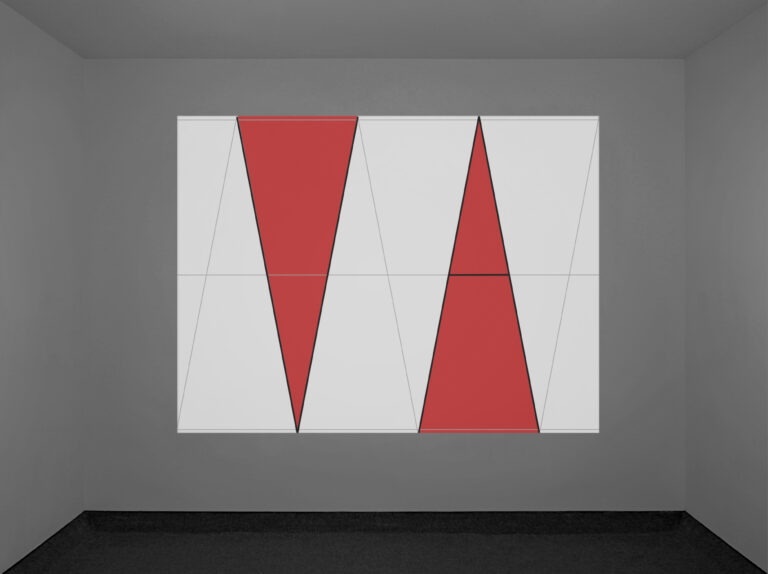
Edition of 25
Overall measurements vary
Image/paper size (each): 13 3/4 x 9 3/4 inches (34.9 x 24.8 cm)
Signed, dated, and numbered on reverse on one sheet
(Inventory #32241)
Edition of 25
Overall measurements vary
Image/paper size (each): 13 3/4 x 9 3/4 inches (34.9 x 24.8 cm)
Signed, dated, and numbered on reverse on one sheet
(Inventory #32241)
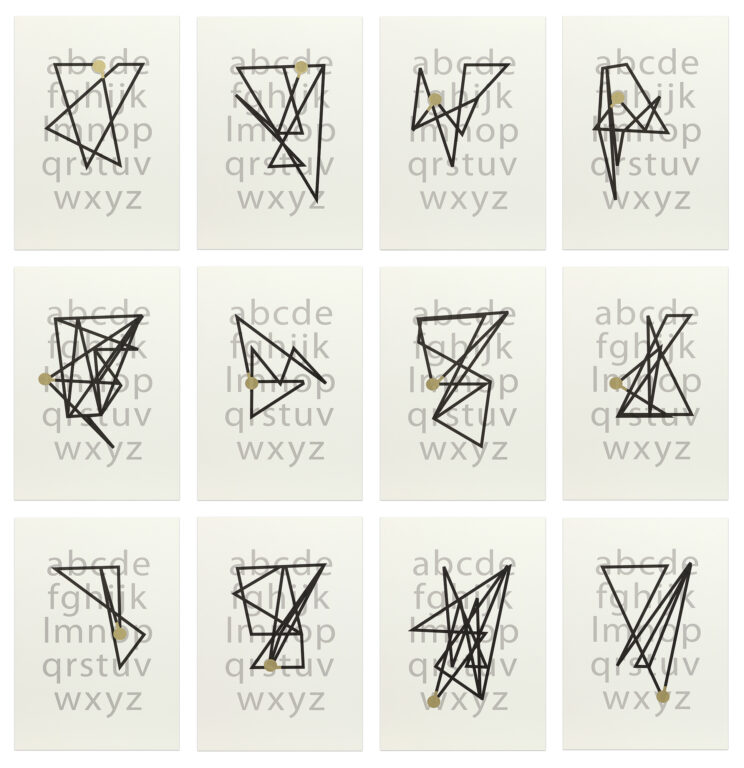
Edition of 25
Paper size (each) 18 x 26 inches (45.7 x 66 cm)
Signed, numbered, and dated on reverse in graphite on first sheet
(Inventory #32246)
Edition of 25
Paper size (each) 18 x 26 inches (45.7 x 66 cm)
Signed, numbered, and dated on reverse in graphite on first sheet
(Inventory #32246)

Paper size: 23 x 19 1/2 inches (58.4 x 49.5 cm)
Edition of 25
Signed, dated, and numbered on reverse in graphite
(Inventory #32238)
Paper size: 23 x 19 1/2 inches (58.4 x 49.5 cm)
Edition of 25
Signed, dated, and numbered on reverse in graphite
(Inventory #32238)
Image size: 19 5/8 x 14 inches (49.8 x 35.6 cm)
Paper size: 25 5/8 x 19 5/8 inches (65.1 x 49.8 cm)
Edition of 27, 5 AP, 1 PP
Signed, titled, dated and numbered in pencil on verso
(Inventory #37031)
Image size: 19 5/8 x 14 inches (49.8 x 35.6 cm)
Paper size: 25 5/8 x 19 5/8 inches (65.1 x 49.8 cm)
Edition of 27, 5 AP, 1 PP
Signed, titled, dated and numbered in pencil on verso
(Inventory #37031)
Image size: 7 1/8 x 10 inches (18.1 x 25.4 cm)
Paper size: 19 3/8 x 23 3/4 inches (49.2 x 60.3 cm)
Edition of 20
Signed, dated and numbered on reverse
(Inventory #28776)
Image size: 7 1/8 x 10 inches (18.1 x 25.4 cm)
Paper size: 19 3/8 x 23 3/4 inches (49.2 x 60.3 cm)
Edition of 20
Signed, dated and numbered on reverse
(Inventory #28776)
Paper size: 16 x 20 inches (40.6 x 50.8 cm)
Frame size: 18 1/2 x 22 3/8 inches (47 x 56.8 cm)
Edition of 35
Signed and numbered on reverse
(Inventory #32177)
Paper size: 16 x 20 inches (40.6 x 50.8 cm)
Frame size: 18 1/2 x 22 3/8 inches (47 x 56.8 cm)
Edition of 35
Signed and numbered on reverse
(Inventory #32177)
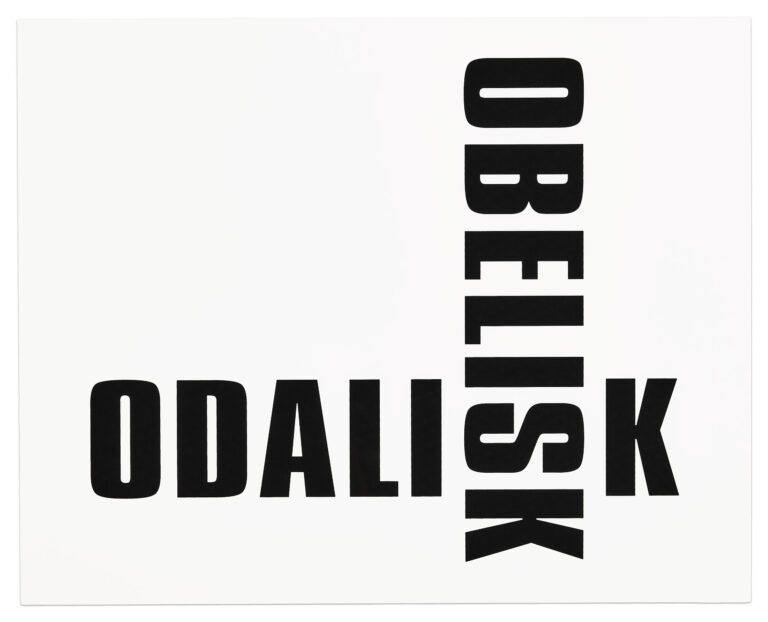
Edition of 100
14 x 22 inches (35.6 x 55.9 cm)
Signed and numbered on reverse
(Inventory #32172)
Edition of 100
14 x 22 inches (35.6 x 55.9 cm)
Signed and numbered on reverse
(Inventory #32172)
Image size: 21 1/4 x 13 1/4 inches (54 x 33.7 cm)
Paper size: 22 x 14 inches (55.9 x 35.6 cm)
Frame size: 30 1/2 x 22 3/4 inches (77.5 x 57.8 cm)
Edition of 50
Signed, numbered and dated on reverse on label
(Inventory #36545)
Image size: 21 1/4 x 13 1/4 inches (54 x 33.7 cm)
Paper size: 22 x 14 inches (55.9 x 35.6 cm)
Frame size: 30 1/2 x 22 3/4 inches (77.5 x 57.8 cm)
Edition of 50
Signed, numbered and dated on reverse on label
(Inventory #36545)
Image/paper size: 25 x 44 inches (63.5 x 111.8 cm)
Edition of 20
Signed, dated and numbered on reverse in graphite
(Inventory #28832)
Image/paper size: 25 x 44 inches (63.5 x 111.8 cm)
Edition of 20
Signed, dated and numbered on reverse in graphite
(Inventory #28832)
Edition of 100
Signed and numbered on accompanying certificate
(Inventory #23269)
Edition of 100
Signed and numbered on accompanying certificate
(Inventory #23269)
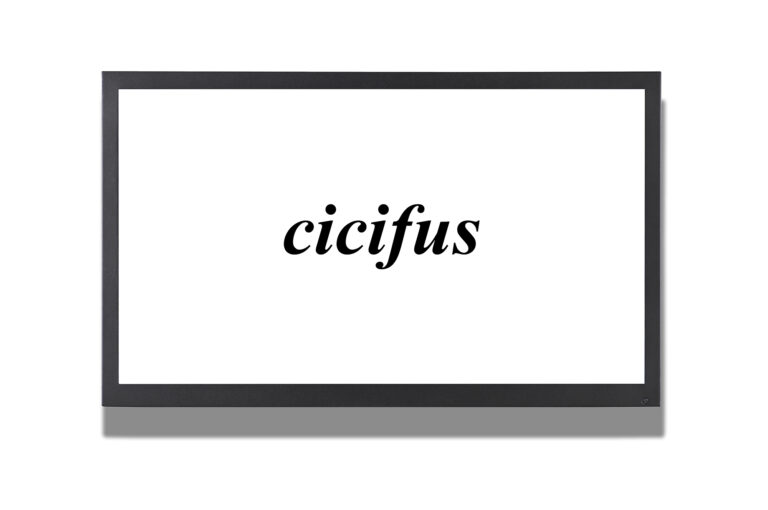
9 minutes, 12 seconds
Edition of 100
Signed and numbered on accompanying certificate
(Inventory #27931)
9 minutes, 12 seconds
Edition of 100
Signed and numbered on accompanying certificate
(Inventory #27931)
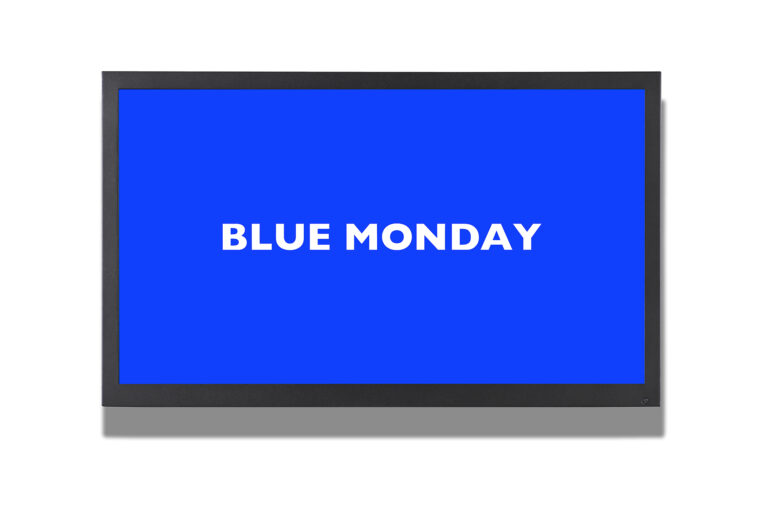
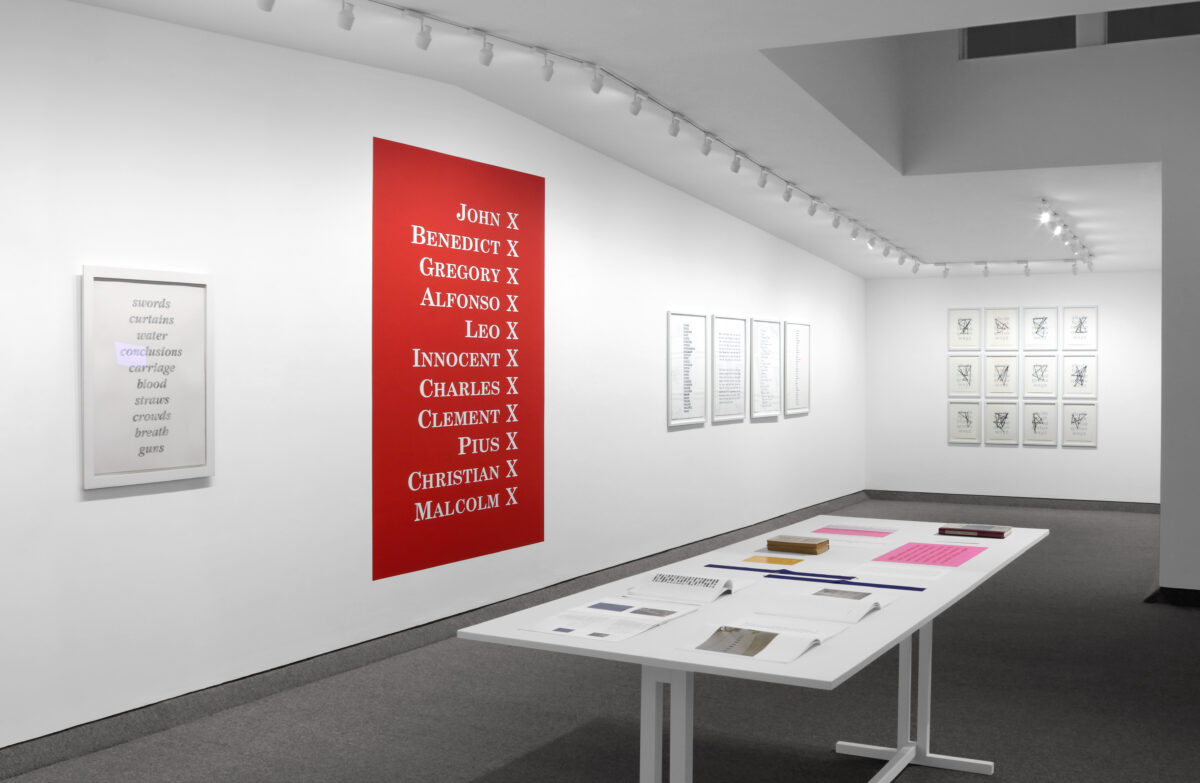
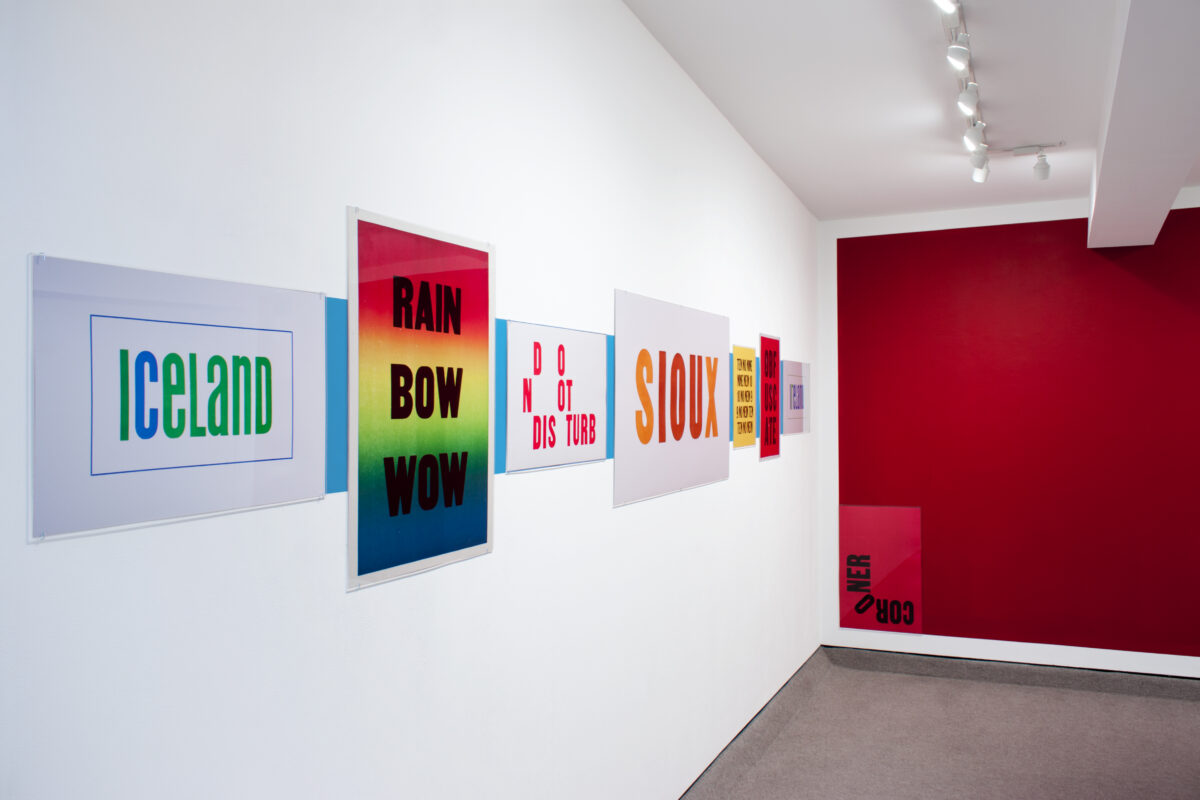
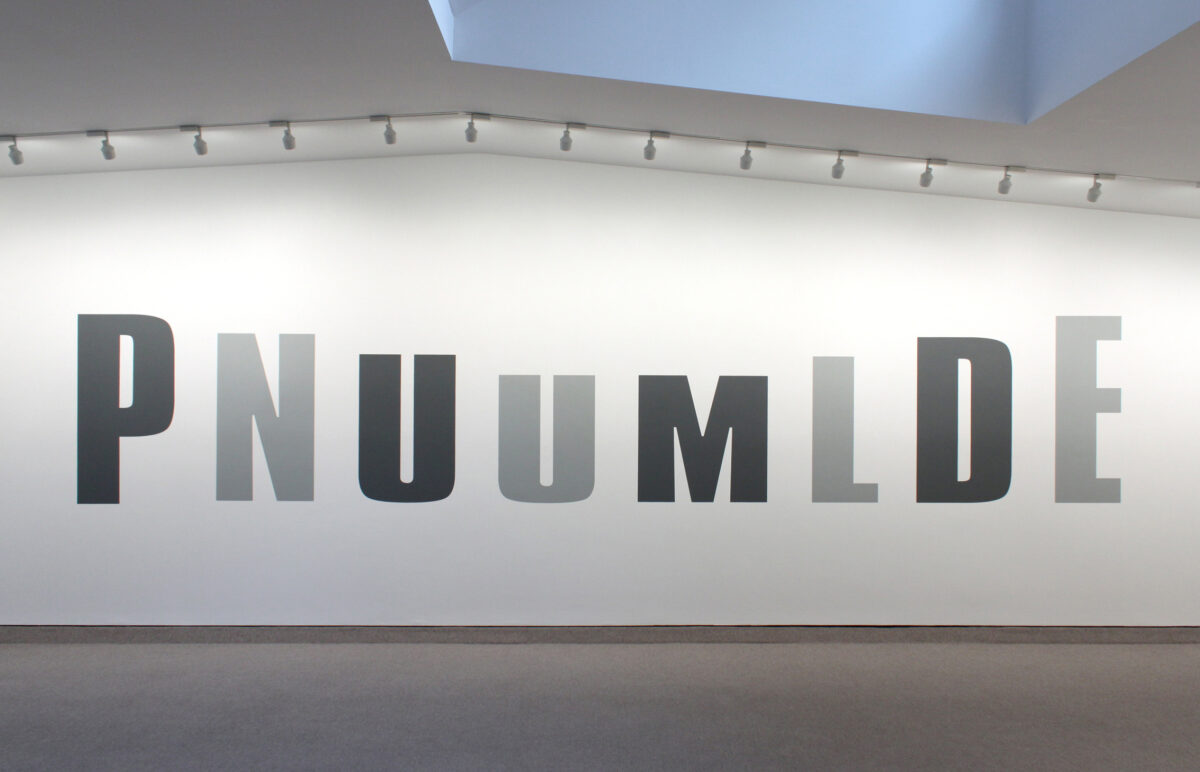

Kay Rosen’s investigation into the visual possibilities of language has been her primary focus since 1968, when she traded in the academic study of languages for the study of language-based art. Through paintings, drawings, murals, prints, collages, and videos, Rosen has sought to generate new meaning from everyday words and phrases by substituting scale, color, materials, composition, graphic design, and typography for the printed page.
While political issues often form the bedrock of Rosen’s artwork, she insists that her work is driven not by politics, but by language, and she follows it to whatever place it takes her. Rosen loves the physical act of drawing and painting, and materially her paintings and drawings are intensively rendered; however, she considers language to be found material, conceptually placing her in the more passive role of a cognitive observer and enabler of language. The writer Rhonda Lieberman described her as a revealer of language who “shows it doing things that are totally above, beyond, and/or below its function as a mode of communication.”
Rosen’s work has been described as sculpture, poetry, architecture, and performance. Roberta Smith once called her a “writer’s sculptor” and Eileen Myles called her the “poet of the art world.” In a 2014 piece for Art In America, Rosen wrote: “The linguist in me wanted meaning to be carried by the structure of the words, not type style; the inner painter insisted that color convey meaning; the sculptor in me obsessed about the construction of letterforms through materials and process; and any poetic instincts strove for efficiency.”
Kay Rosen has been the subject of numerous articles, reviews, and group and solo exhibitions, including in 1998 a two-venue mid-career survey entitled Kay Rosen: Li[f]eli[k]e, curated by Connie Butler and Terry R. Myers at the Los Angeles Museum of Contemporary Art and Otis College of Art Design. She has been the recipient of awards that include a Guggenheim Foundation Fellowship in 2017 and three National Endowment for the Arts Visual Arts Grants. Her work is included in many institutional and private collections. Rosen taught at The School of the Art Institute of Chicago for twenty-four years. She was born and raised in Corpus Christi, Texas and lives in New York City and Gary, Indiana.
10 Newbury Street, Boston, Massachusetts 02116
617-262-4490 | info@krakowwitkingallery.com
The gallery is free and open to the public. Please note our summer schedule:
July 1–25
Tuesday – Friday, 10–5:30
July 29 – September 1
Open by appointment
Beginning September 2
Tuesday – Saturday, 10–5:30